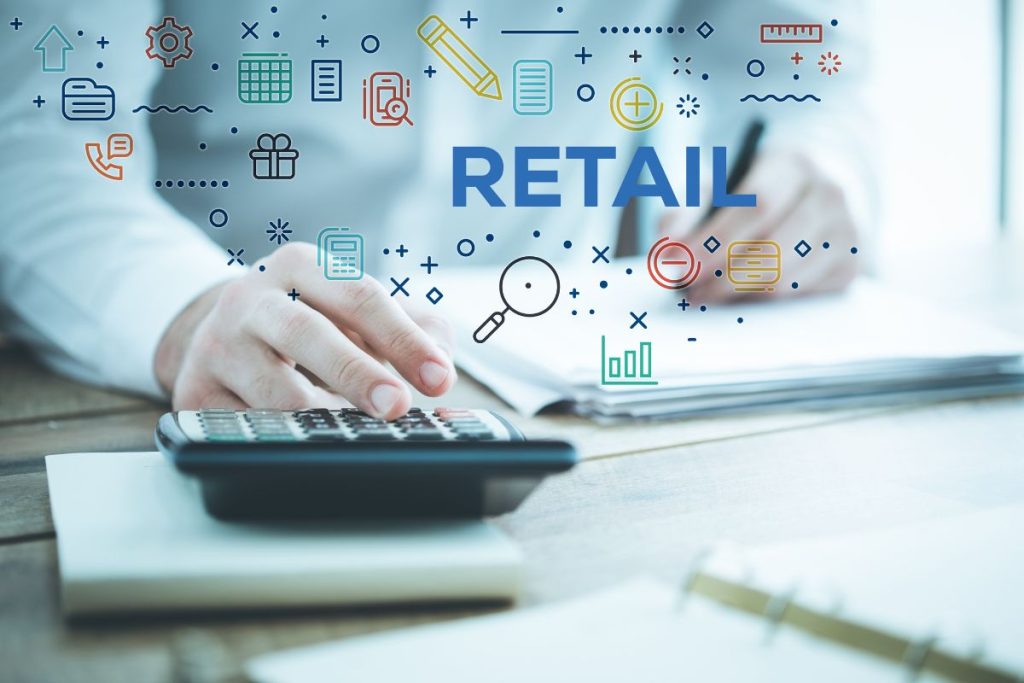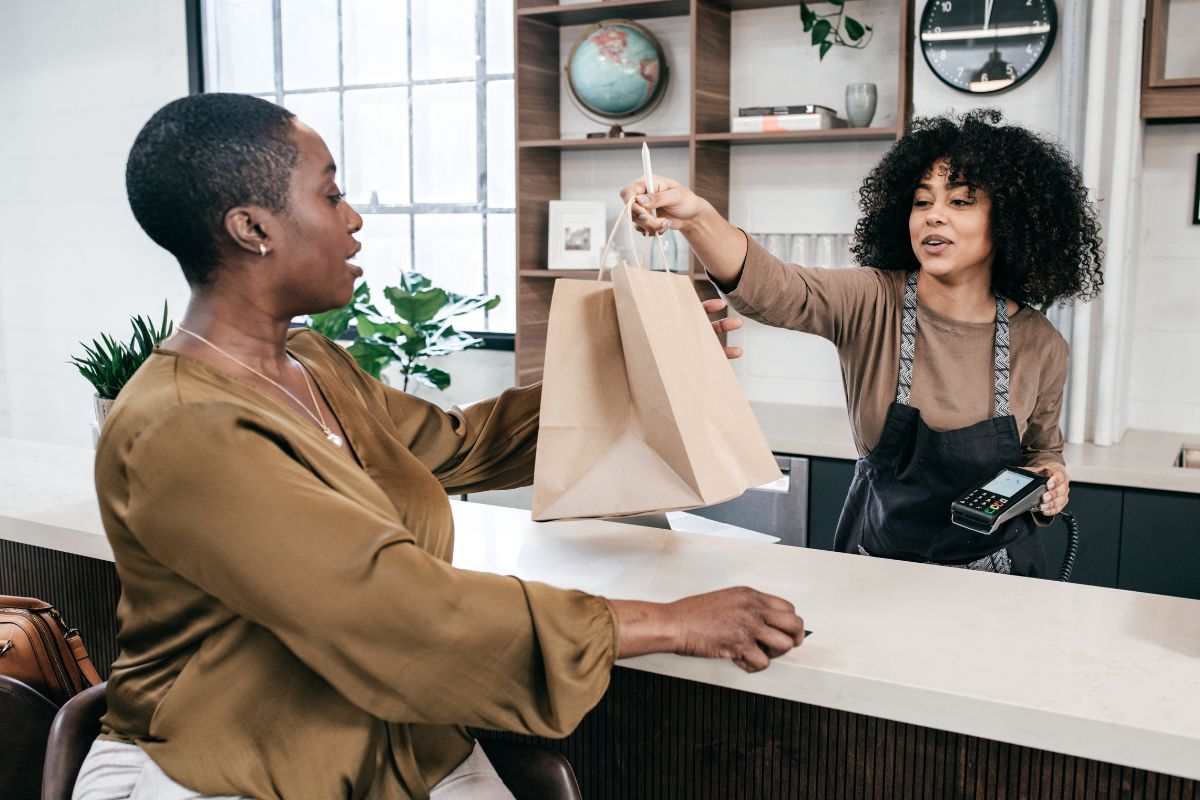In retail, consistency isn’t just a goal—it’s a competitive advantage. From store layouts and shelf displays to promotional signage and stock availability, top-performing brands understand that how products are presented directly affects how they sell.
Yet maintaining that consistency across hundreds or thousands of retail locations is a massive challenge—especially for fast-moving consumer goods (FMCG) and CPG companies operating in fragmented markets. That’s where robust retail execution strategies come into play.
This article explores how leading brands create scalable, repeatable execution strategies—and how modern tools like retail execution software are helping teams ensure that every store, in every region, delivers on the brand promise.
Why Retail Execution Is a Strategic Priority for CPG Brands
Retail execution refers to how well a brand’s sales, merchandising, and marketing plans are implemented at the point of sale. It ensures the right products are on the right shelves, at the right time, in the right condition.

For brands, especially those selling through third-party retailers or distributors, strong execution translates into higher shelf visibility, better stock rotation, and more effective promotions.
Poor execution, on the other hand, leads to missed sales, damaged brand perception, and inefficient campaigns.
Common pain points include:
- Inconsistent product placement
- Out-of-stock situations
- Incorrect promotional signage
- Unverified planogram compliance
- Poor communication between HQ and field reps
In a world where 70% of purchase decisions are made in-store, execution matters as much as strategy.
Key Strategies Top Brands Use to Stay Consistent Across Stores
1. Clear Execution Guidelines and Planograms
Leading brands never leave execution to interpretation. They define exact visual standards and workflows for store teams and field reps—covering everything from planograms and product facings to shelf signage and display units.
Planograms help standardize store layouts and guide merchandising teams on where and how products should appear. This ensures visual consistency across every point of sale, regardless of store format or geography.
Digital tools make it easier to share updated guidelines with teams in real time, eliminating confusion and delays when launching new products or promotions.
2. Frequent Retail Audits and Store Visits
Field merchandising teams are the eyes and ears of the brand. Frequent retail audits allow brands to verify whether displays meet expectations and ensure promotional materials are deployed correctly.
During audits, reps can:
- Capture shelf photos and product facings
- Confirm planogram compliance
- Report out-of-stocks and damaged goods
- Check pricing accuracy
- Collect competitor intel
By combining checklists with photo-based proof, brands gain better visibility into how execution actually looks in the field—and take corrective action faster.
3. Real-Time Communication Between HQ and Field Teams
To maintain execution consistency, brands must be able to communicate quickly with field reps and store teams. Static spreadsheets, delayed emails, or scattered WhatsApp messages simply don’t scale.
Instead, top performers use mobile-first tools that allow:
- HQ to send task updates instantly
- Field reps to report execution in real time
- Teams to collaborate on-the-go
This real-time loop helps brands respond to issues faster—like fixing incorrect signage, swapping expired products, or resolving pricing errors before they impact customers.
4. Data-Driven Retail Execution
The most advanced brands are leveraging real-time retail data—sell-through rates, foot traffic, stock levels, and field visit insights—to continuously optimize execution.
Rather than taking a one-size-fits-all approach, they:
- Tailor assortments by location
- Schedule restocks based on demand
- Prioritize top-performing stores for promotional support
- Adjust shelf space allocation dynamically
When execution is guided by data rather than intuition, brands can scale their strategies with confidence—and avoid the high cost of poor performance.
The Role of Retail Execution Software in Scaling Execution
While these strategies are effective, they quickly become overwhelming to manage manually—especially when coordinating across multiple countries, teams, and retailers.

This is where retail execution software comes in. Platforms like SimplyDepo centralize and automate the entire execution process, from planning store visits to tracking real-time compliance data. You can check the pricing here.
Here’s what top-tier retail execution software enables:
✓ Task & Route Management
Plan and assign store visits to reps based on region, frequency, or priority. Teams always know where to go, what to do, and when.
✓ Custom Checklists
Create checklists for different types of store visits—product launches, promotional campaigns, inventory checks, etc.—to standardize what reps need to verify.
✓ Photo Reporting
Capture shelf conditions, displays, and pricing using geo-tagged images. HQ teams can view reports instantly and respond if execution is off-track.
✓ Offline Access
Reps can complete tasks and upload reports even without Wi-Fi—perfect for remote stores or fieldwork in challenging locations.
✓ Dashboard Visibility
Monitor campaign progress, audit scores, and compliance levels in one central dashboard—ideal for regional managers, sales leads, and operations teams.
✓ Seamless Integration
Connect the execution software with inventory tools, CRM, and order management systems for full operational visibility.
SimplyDepo, for example, is purpose-built for field sales and merchandising teams, enabling faster and smarter execution in retail environments.
Getting Started: Choosing the Right Execution Tool
Not all retail execution tools are created equal. As you evaluate solutions, focus on:
- Ease of use for field reps with minimal training
- Scalability to cover growing regions and teams
- Custom workflows aligned with your execution strategy
- Real-time insights to track compliance and results
- Support and onboarding from teams who understand CPG fieldwork
Modern retail execution software not only helps you manage execution—it helps you improve it with every store visit, audit, or campaign.
Retail execution is no longer just a “nice to have.” It’s a strategic pillar for brands competing on crowded shelves and in highly competitive categories.
When done right, it builds trust with consumers, drives higher sell-through, and gives brands a measurable edge in-store. But to scale execution and maintain consistency across all locations, brands need the right tools.
Investing in powerful retail execution software allows teams to work faster, respond smarter, and execute better. And when your retail presence is consistent, your results are too.

